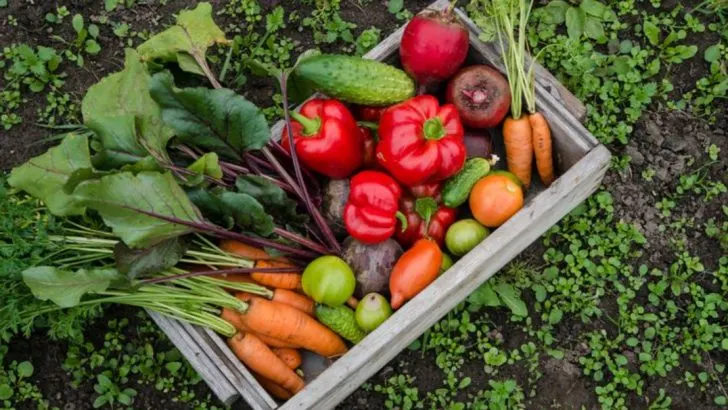Growing enough food to last an entire year requires careful planning, efficient space usage, and strategic crop selection. Whether you’re gardening in a backyard, homestead, or urban plot, these 14 smart tips will help you maximize your harvest, store food effectively, and ensure a steady supply of fresh produce all year long.
Plan Your Garden Layout
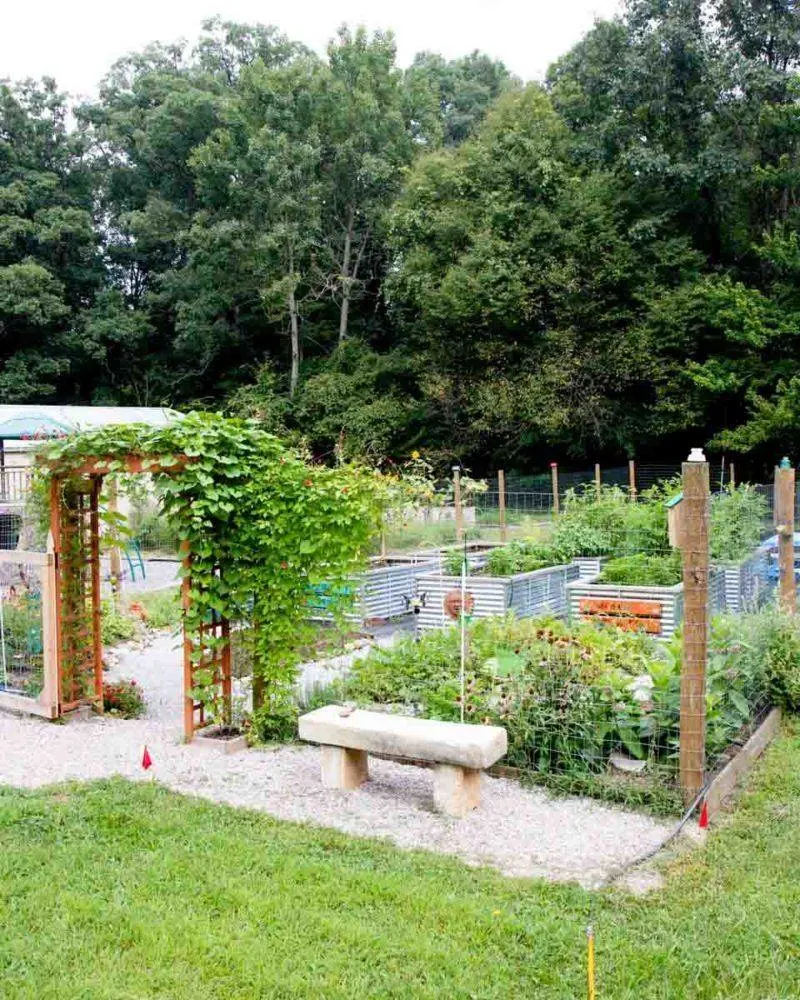
Effective garden planning is the foundation of successful food production. Begin by sketching a layout that considers the specific needs of each plant. Include paths for easy access and ensure taller crops won’t shade shorter ones. Rotating crops annually helps manage soil health and pest control. By strategically placing plants, you’ll maximize space and sunlight exposure. Additionally, interplanting compatible species can enhance growth and deter pests. Including a detailed plan not only organizes your efforts but also provides a clear roadmap for the growing season. This foresight can significantly boost your garden’s productivity.
Choose High-Yield Crops
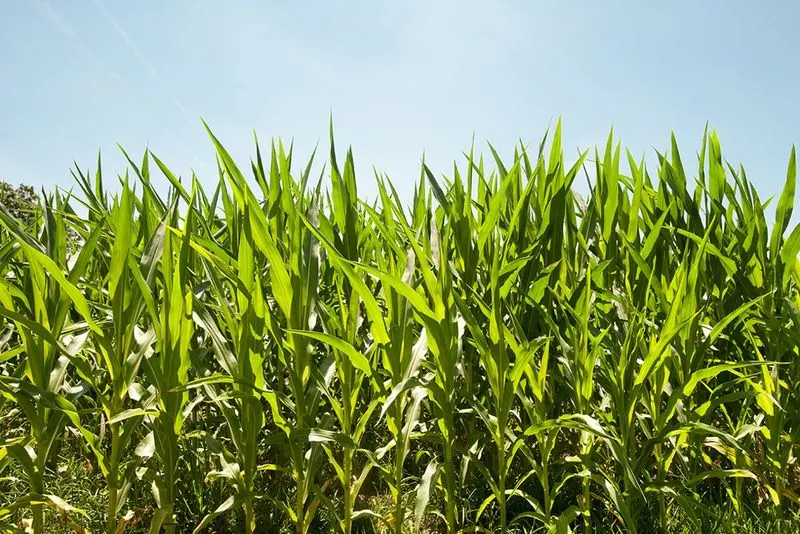
Selecting crops known for high yields ensures you make the most of your garden space. Opt for vegetables like tomatoes, zucchini, and beans, which are prolific producers. Consider the climate and soil conditions when choosing varieties, as some plants thrive better in specific environments. High-yield crops provide more produce per plant, making them ideal for sustaining a year’s food supply. Regular harvesting encourages continued production throughout the season. This approach not only maximizes output but also reduces the effort needed to achieve a substantial harvest.
Understand Seasonal Cycles
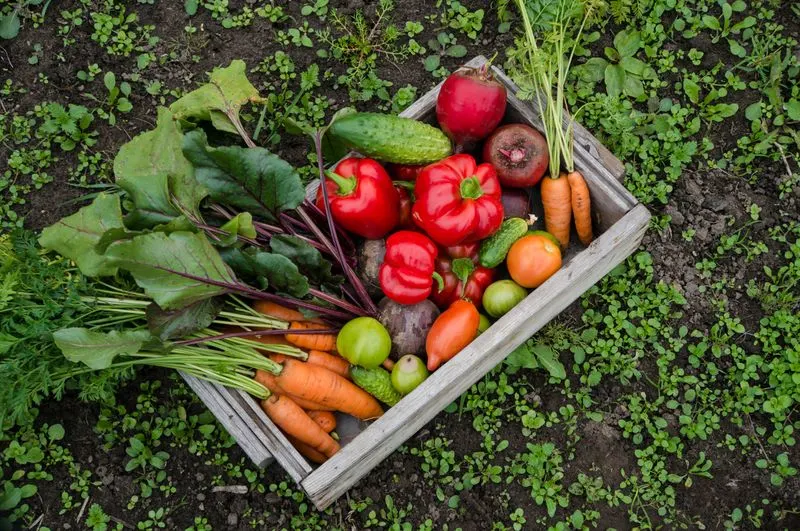
Awareness of seasonal changes is crucial for planning a year-round food supply. Each season offers unique opportunities for planting and harvesting. Spring is ideal for starting cool-weather crops, while summer supports warm-season vegetables. Fall allows for planting fast-growing varieties, and winter serves as a time for soil rejuvenation. Adapting to these cycles ensures continuous production and prevents gaps in food supply. A seasonal strategy aligns planting schedules with natural growth patterns, optimizing the garden’s potential. By mastering these cycles, you can maintain a steady flow of fresh produce.
Implement Succession Planting
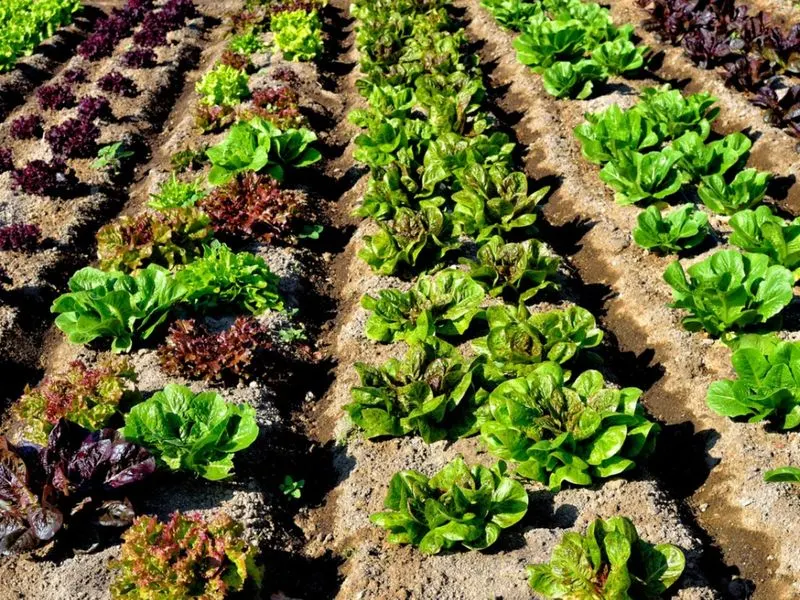
Succession planting involves staggering plantings to ensure continuous harvests. This technique extends the growing season by planting new crops as others mature. For instance, after harvesting early lettuce, plant fast-growing radishes in its place. This method maximizes garden space and provides a steady food supply. By carefully scheduling plantings, gardeners can enjoy fresh produce without interruptions. Succession planting also mitigates the risk of overproduction, spreading harvests over time. Planning successive plantings requires foresight but yields abundant rewards, ensuring the garden’s bounty lasts the entire year.
Practice Companion Planting
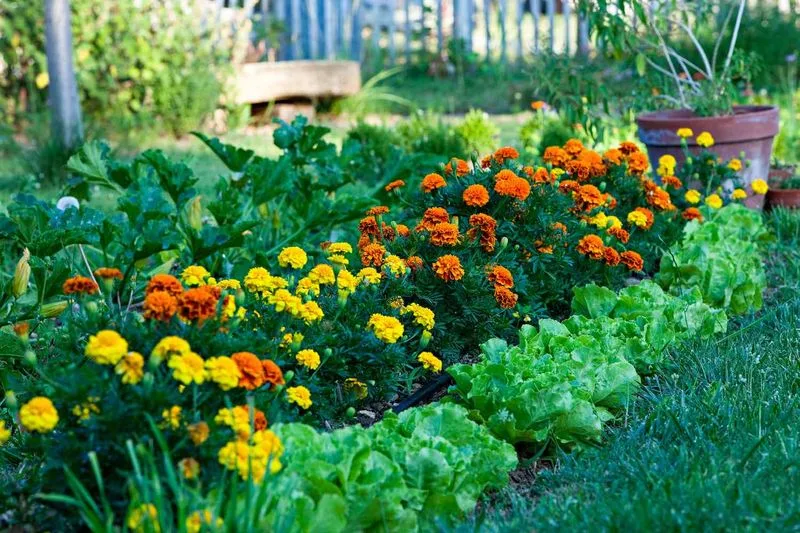
Companion planting involves growing mutually beneficial plants together. This practice can naturally enhance growth, deter pests, and improve flavor. For example, marigolds can ward off nematodes from tomatoes, while basil enhances their taste. Companion planting maximizes space and contributes to a balanced ecosystem. By selecting combinations that support each other, gardeners create a harmonious environment that boosts productivity. This method requires understanding plant relationships but offers a simple way to enhance garden health. With thoughtful pairing, companion planting fosters a thriving garden community.
Invest in Quality Soil
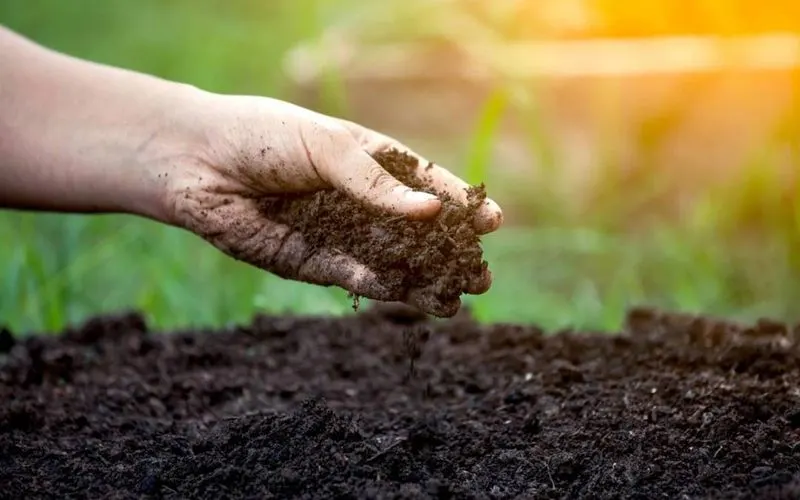
Healthy soil is the cornerstone of a productive garden. Investing in quality soil means incorporating organic matter like compost to enhance fertility. This practice improves soil structure, increases water retention, and supports beneficial microbial life. Conducting soil tests helps identify nutrient deficiencies, guiding amendments for balanced growth. Quality soil reduces the need for chemical fertilizers, promoting sustainable gardening. Regularly enriching soil ensures it remains fertile and productive over time. A strong foundation in soil health sets the stage for vigorous plant growth and bountiful harvests.
Use Vertical Gardening Techniques
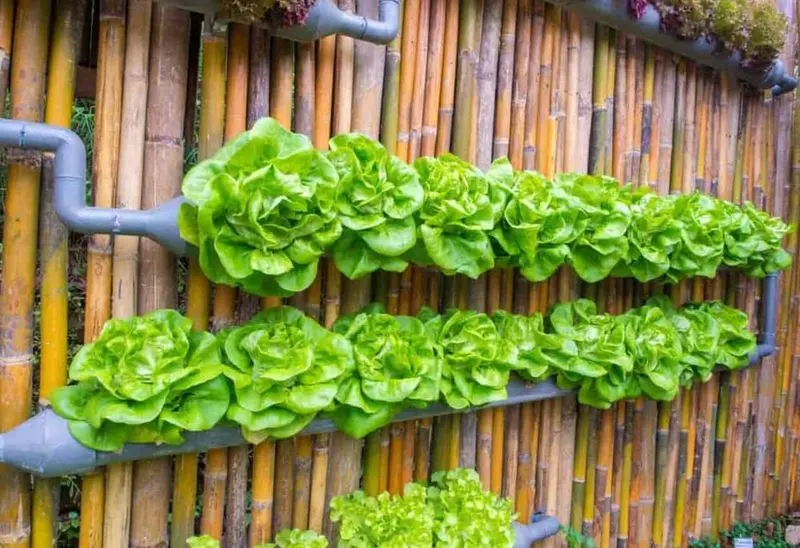
Vertical gardening optimizes limited space by growing plants upwards. This technique is perfect for vining crops such as cucumbers, beans, and peas. Utilizing trellises or vertical supports, plants receive ample sunlight and air circulation. Vertical gardening reduces disease risks by keeping foliage off the ground. It also makes harvesting easier, increasing accessibility and efficiency. This method is particularly useful in small gardens, maximizing output in confined areas. By thinking upwards, gardeners can significantly expand their planting capacity, increasing the diversity and quantity of their harvests.
Install Rainwater Harvesting Systems
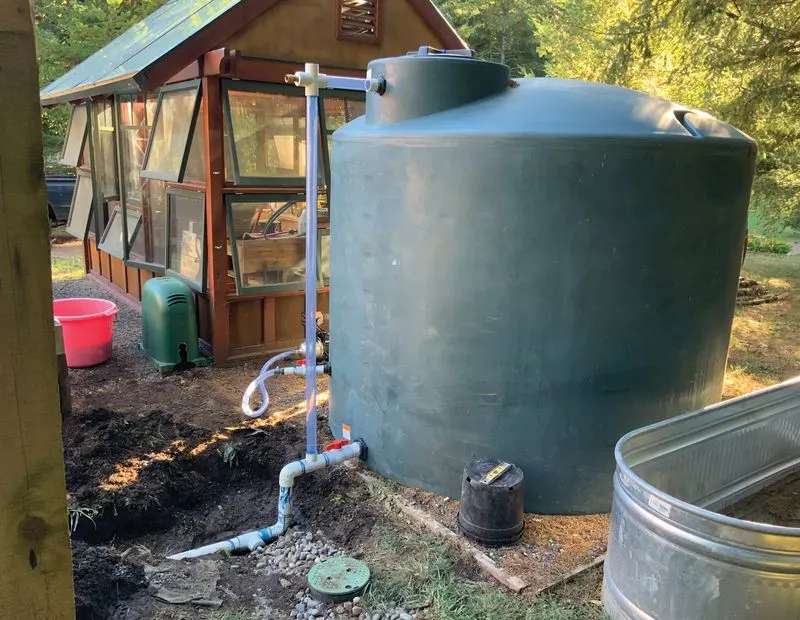
Water is a precious resource, and harvesting rainwater is an eco-friendly way to conserve it. Installing rain barrels or other collection systems captures rainwater for garden use, reducing reliance on municipal water sources. This practice provides a sustainable watering solution, especially during dry spells. Collected rainwater is free of chemicals, making it ideal for organic gardens. By harnessing natural rainfall, gardeners can cut costs and support environmental efforts. Planning a rainwater harvesting system requires initial setup but offers long-term benefits in water conservation and garden health.
Utilize Season Extenders
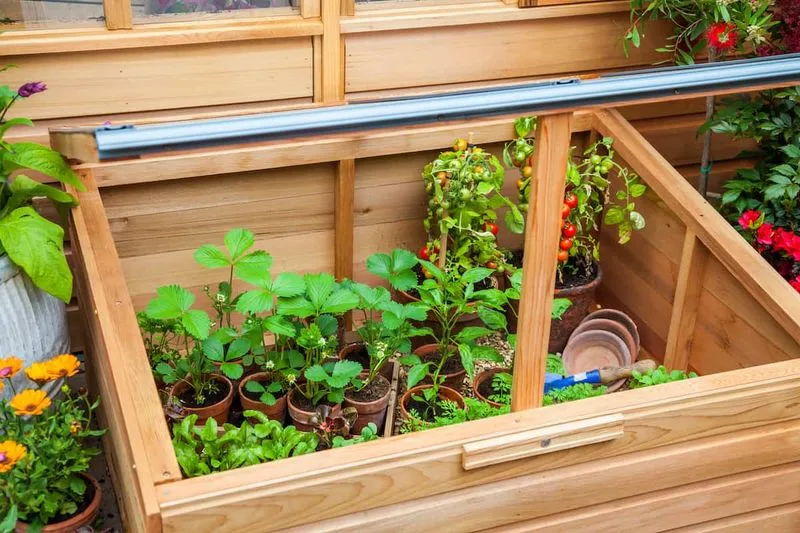
Season extenders such as row covers, cold frames, and cloches help protect plants from frost, allowing gardening beyond typical seasons. These tools create microclimates, warming the soil and air around plants. By extending the growing season, gardeners can start planting earlier in spring and continue later into fall. Season extenders provide a buffer against unexpected weather changes, ensuring stable conditions for crops. This practice increases the variety of plants that can be grown, supporting a more diverse and continuous harvest. Thoughtful use of extenders enhances garden resilience and productivity.
Maintain a Compost System
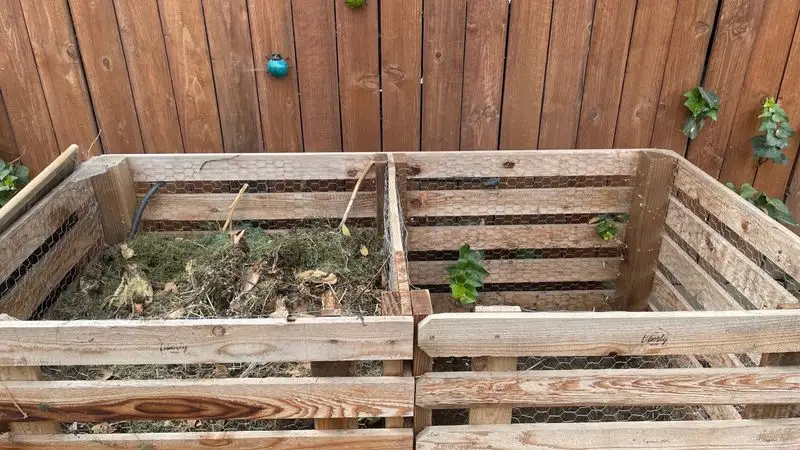
Composting transforms kitchen scraps and garden waste into nutrient-rich soil amendments. A well-maintained compost system recycles organic materials, reducing waste and enhancing soil fertility. Compost provides essential nutrients, improving soil structure and water retention. Turning the compost pile regularly accelerates decomposition and prevents odors. By incorporating compost into the garden, plants receive a steady supply of nutrients, promoting vigorous growth. A successful compost system supports sustainable gardening practices and boosts productivity. Establishing and maintaining a compost system enriches the garden ecosystem, contributing to year-round food production.
Plan for Pest Management
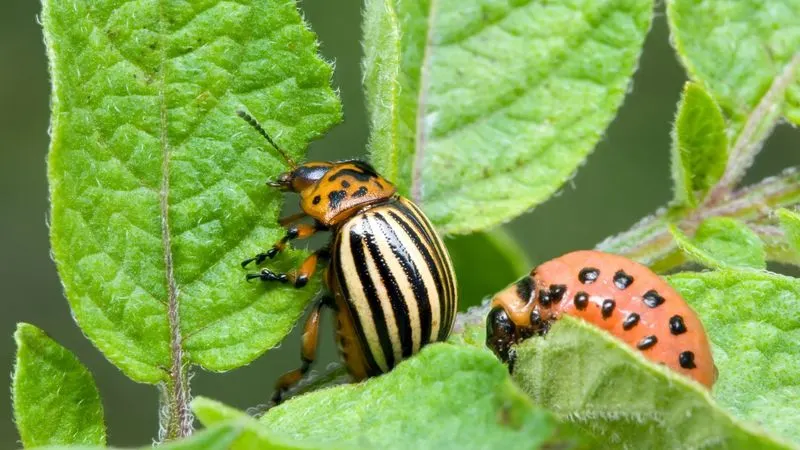
Effective pest management is crucial for maintaining a healthy garden. Employing organic methods such as neem oil or insecticidal soap can control pests without harming beneficial insects. Introducing natural predators like ladybugs helps manage pest populations naturally. Regular monitoring allows for early detection and intervention. Companion planting and crop rotation also reduce pest risks by disrupting life cycles. Planning for pest management requires vigilance and adaptation but preserves garden health. By focusing on sustainable practices, gardeners can maintain productive plants and reduce reliance on chemical solutions.
Cultivate Perennial Crops

Perennial crops offer reliable harvests year after year with minimal replanting. Once established, vegetables like asparagus and rhubarb require less maintenance and provide consistent yields. Perennials contribute to biodiversity and soil health, reducing the need for annual tilling. These crops extend the harvest season, filling gaps between annual plantings. Integrating perennials into a garden plan ensures a steady food source and enhances ecosystem balance. Choosing suitable varieties for your climate maximizes their potential. Embracing perennials supports long-term food production, making them a valuable addition to any garden.
Keep a Garden Journal
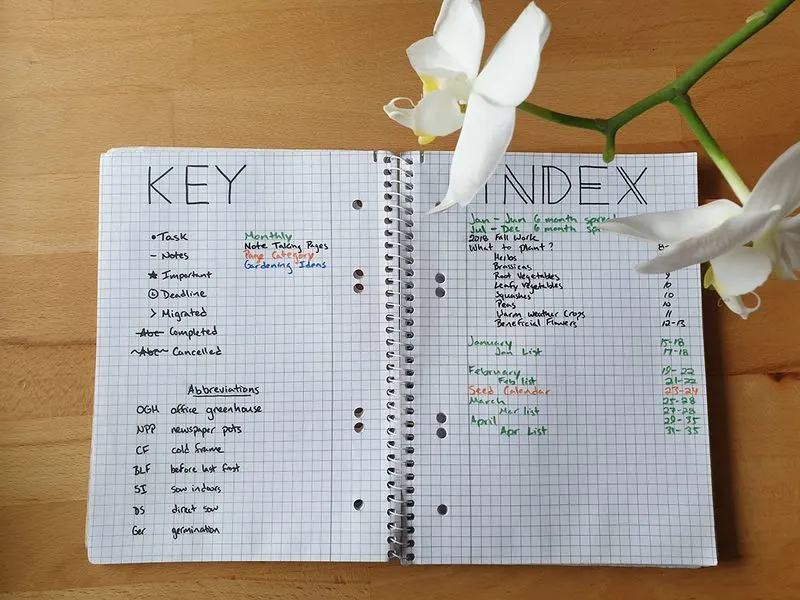
Documenting garden activities provides valuable insights for future planning. A garden journal tracks plant growth, weather patterns, and soil conditions throughout the year. This record-keeping helps identify successful practices and areas for improvement. Noting pest occurrences and soil amendments guides better decision-making. A journal also offers a space to experiment with new techniques and document results. Reflecting on past experiences enhances understanding and prepares you for challenges. Keeping detailed notes fosters a deeper connection with your garden and supports ongoing learning. This practice ultimately leads to more informed and productive gardening.
Prioritize Crop Rotation
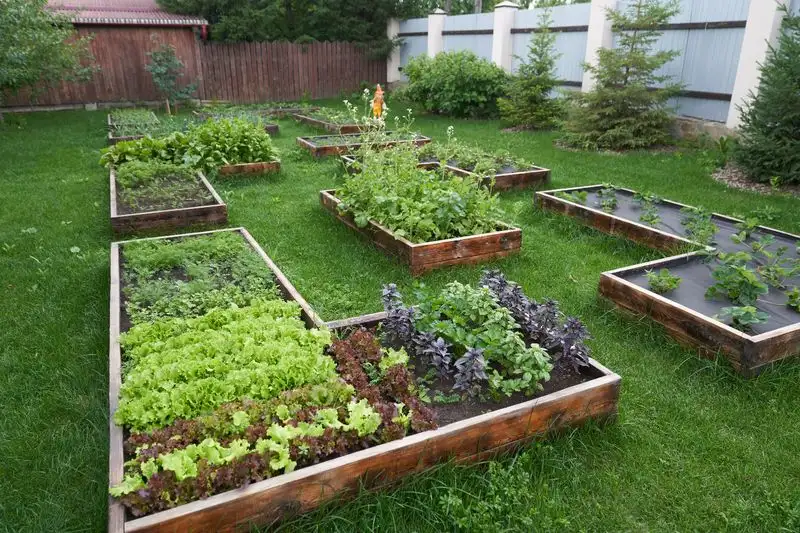
Crop rotation prevents soil nutrient depletion and disrupts pest life cycles. By changing plant families in each plot annually, gardeners maintain soil health and reduce pest risks. This practice balances nutrient levels, enhancing fertility and reducing the need for chemical fertilizers. Planning rotations requires knowledge of plant families and nutrient needs. Thoughtful implementation supports sustainable agriculture and boosts garden productivity. Crop rotation fosters a resilient garden environment, contributing to a year-round food supply. Emphasizing this technique ensures long-term soil vitality and abundant harvests.

